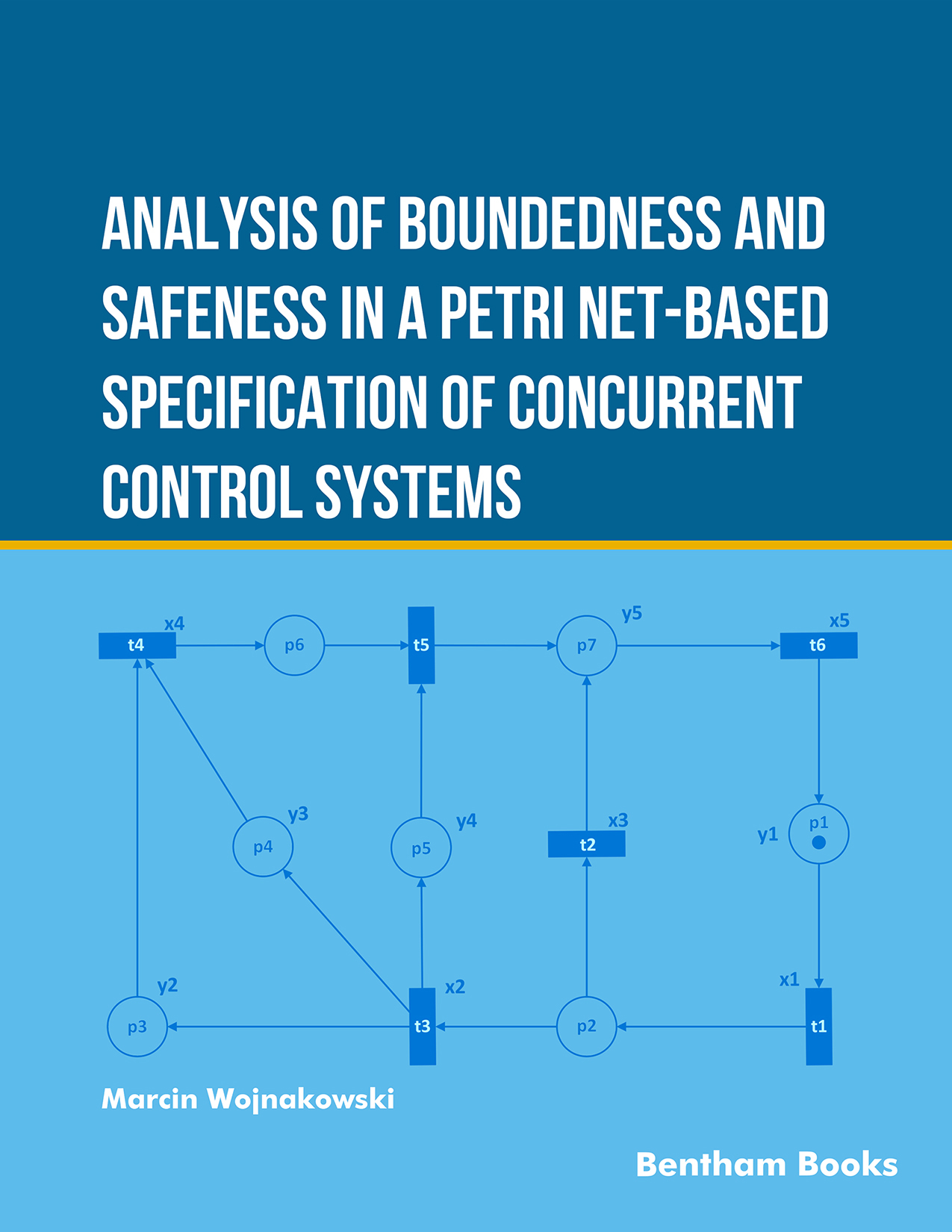I am very pleased to introduce here a comprehensive and well-balanced book on the analysis of boundedness and safeness in Petri net-based specification of discreteevent concurrent control systems.
In the dynamic landscape of control systems, Petri nets emerge as a powerful modeling approach. Their simplicity, combined with their ability to represent complex systems, has made them essential in various domains. Petri nets provide a robust framework for specification and analysis of systems in very diverse fields, such as software engineering, robotics and automation, manufacturing and industrial engineering, telecommunications, transportation and logistics, and healthcare and medical systems, just to mention a few.
I particularly like the structure of the book. The first chapter covers introductory topics on control systems and Petri nets, followed by three chapters addressing boundedness and safeness in Petri nets models, where new methods are presented.
The last two chapters cover two case studies, complemented by an appendix containing extensive results of the application of the proposed methods for verification of properties of boundedness and safeness.
The journey with this book begins with a comprehensive overview of the tools and algorithms necessary for analyzing the boundedness and safeness of Petri nets. The novel algorithms proposed in this work are not just theoretical constructs; they are rigorously validated through extensive experimentation on a varied set of 243 Petri nets. This empirical approach provides valuable insights into the practical applicability and limitations of these algorithms. To illustrate the real-world impact, this publication presents a manufacturing control system modeled using Petri nets.
Through this example, the author serves a concrete demonstration of how theoretical principles can be effectively translated into practical solutions, offering a guide for both researchers and industry practitioners.
I am confident that “Analysis of Boundedness and Safeness in a Petri Net Based Specification of Concurrent Control Systems” will become an important resource for researchers, educators, and professionals involved in the design, analysis, and implementation of concurrent control systems based on Petri nets. Its synthesis of theoretical rigor and practical relevance makes it a standout contribution to the field of computer science and engineering.
Summing up my overall impression about this book, I strongly recommend it to anyone who likes to use Petri net models in systems design, emphasizing boundedness and safeness properties verification. The book offers insightful contributions, and may be used as a text for advanced courses on the subject.
Luís Gomes
Department of Electrical and Computer Engineering,
NOVA University Lisbon,
Lisbon, Portugal.

